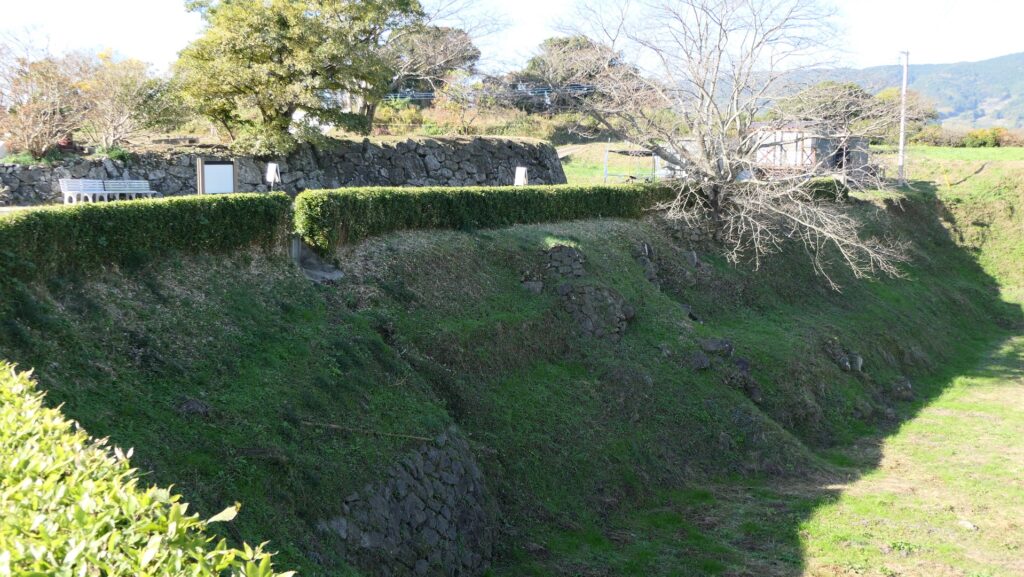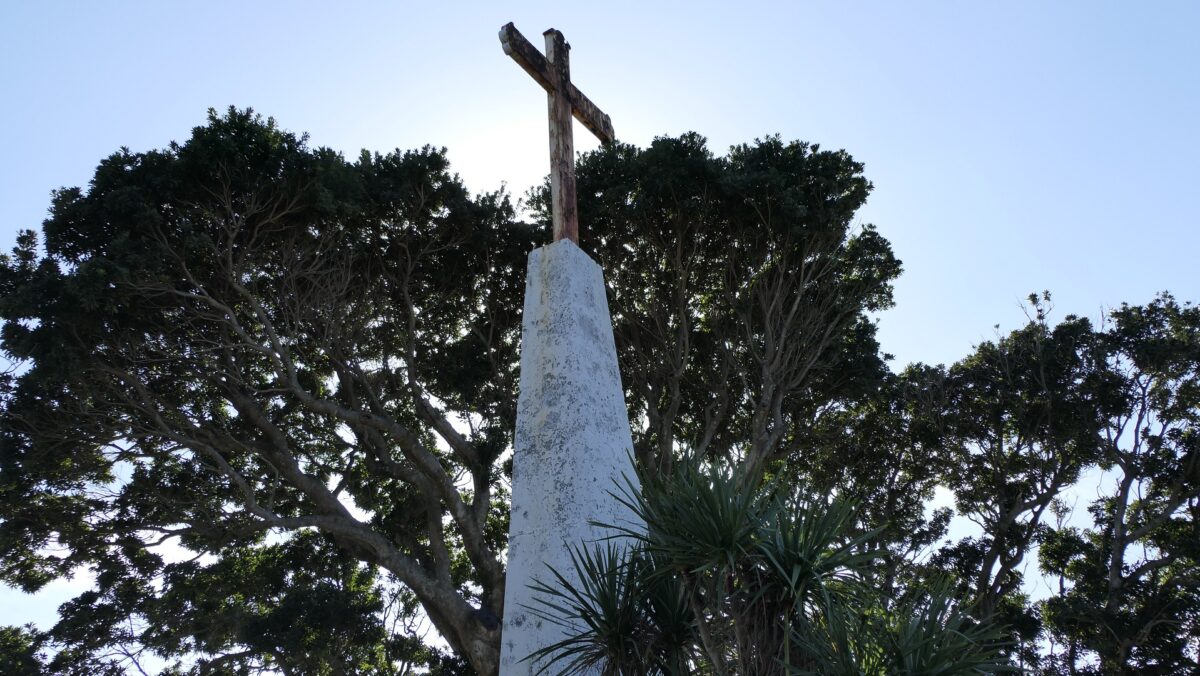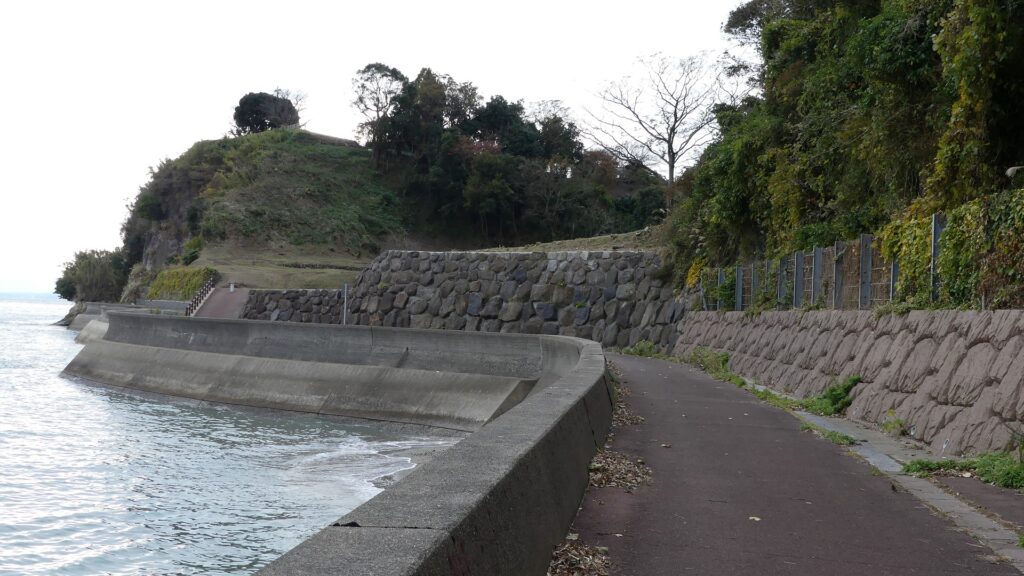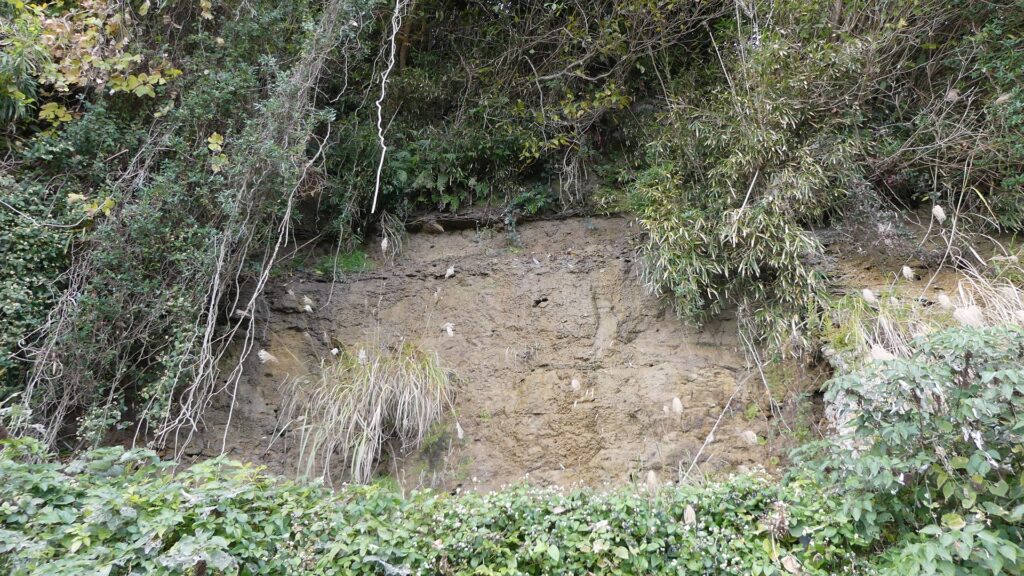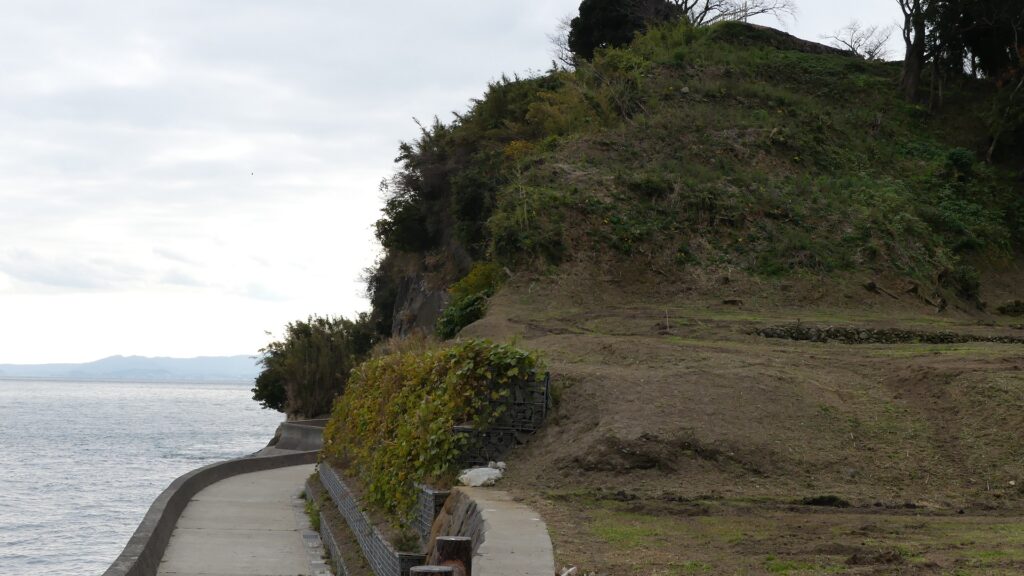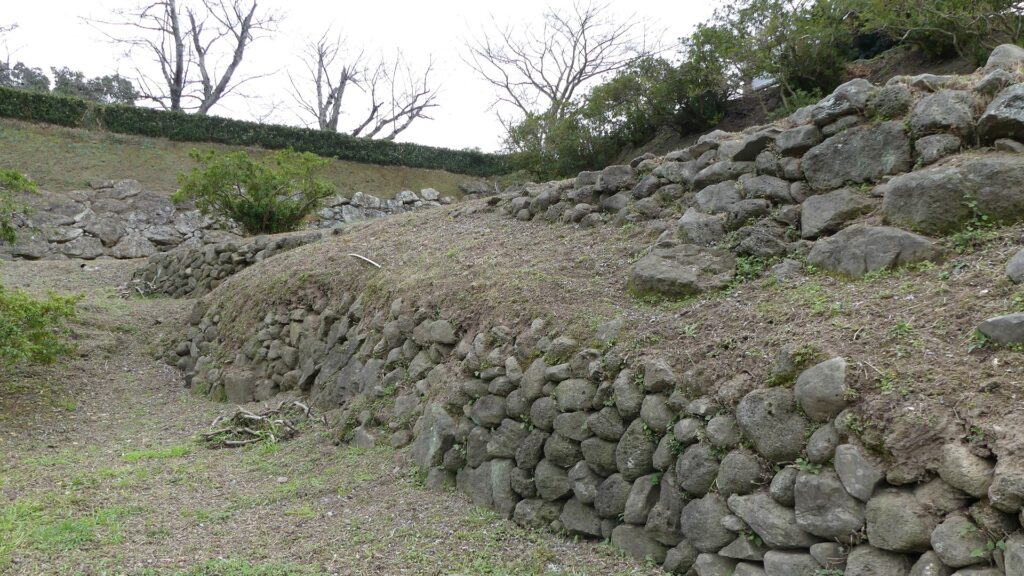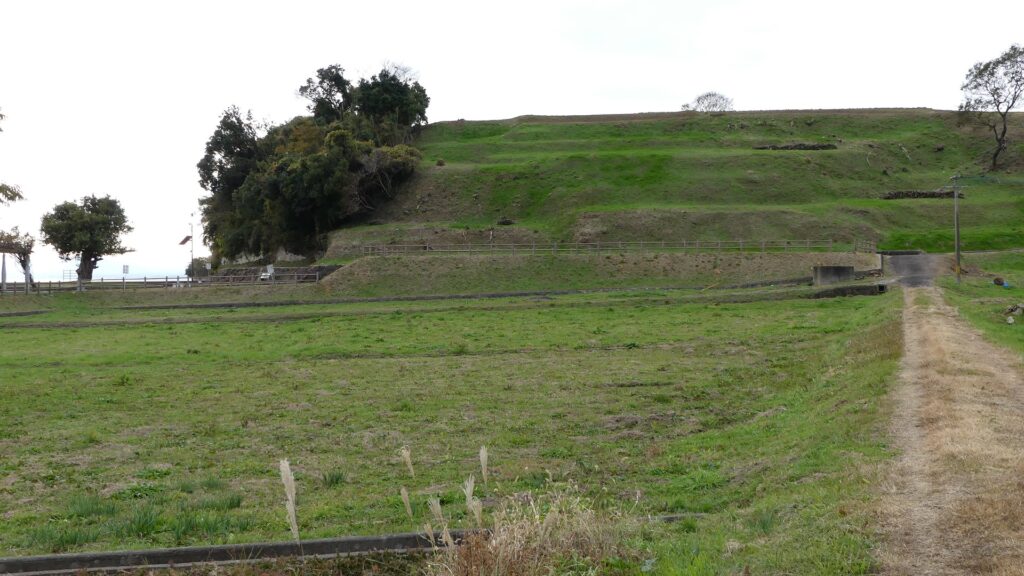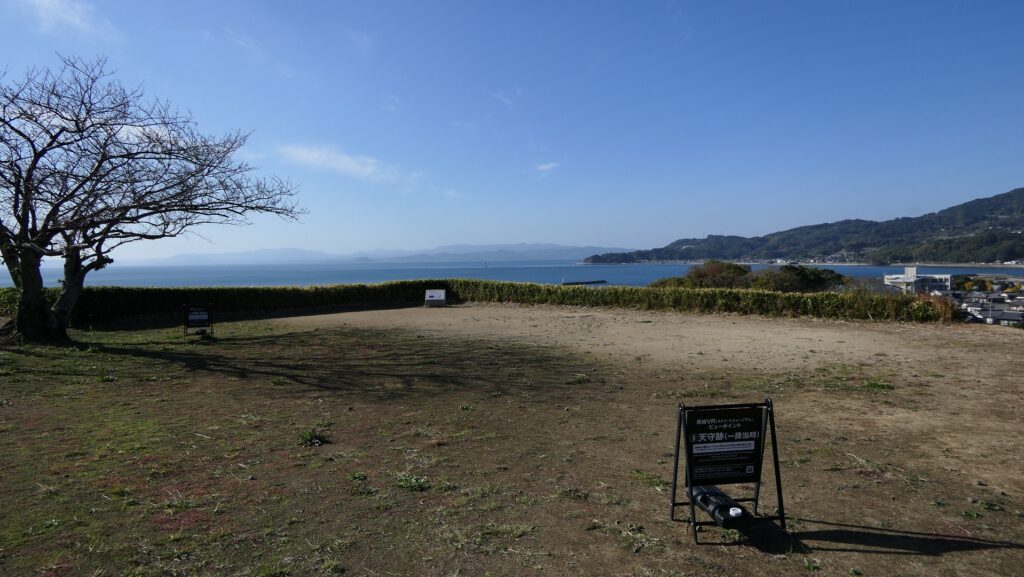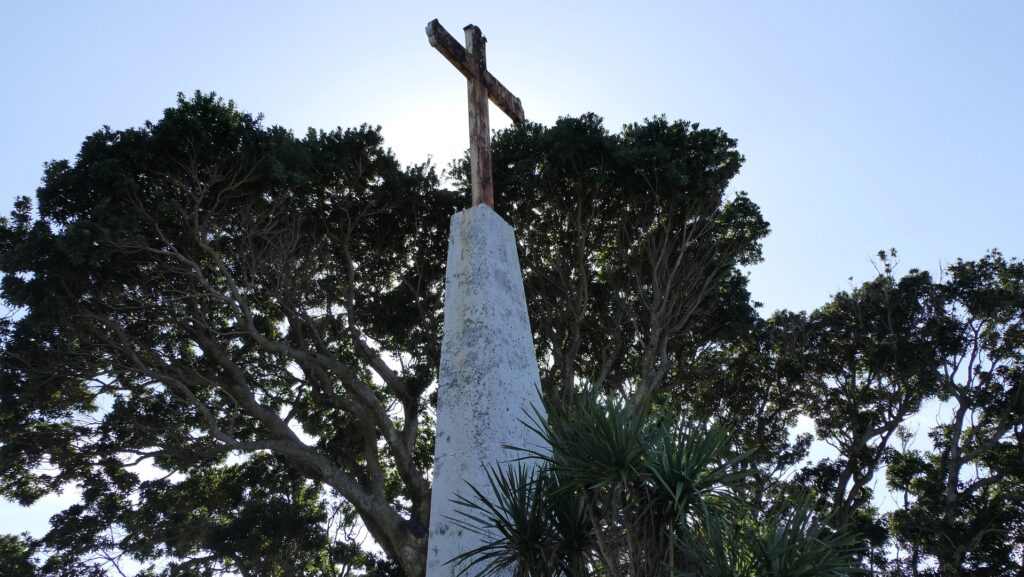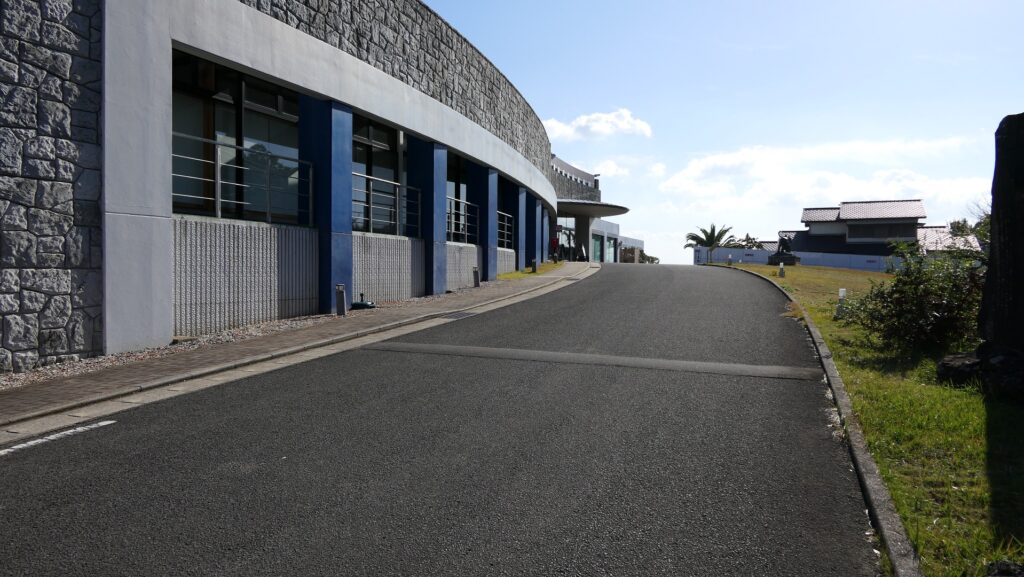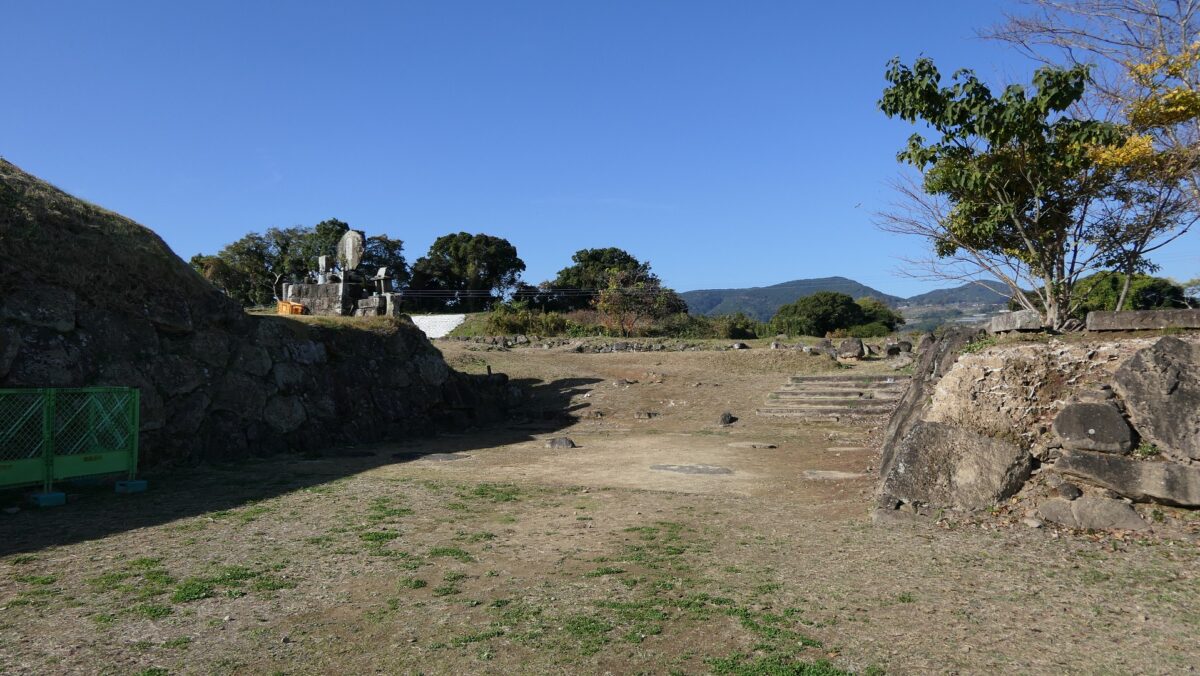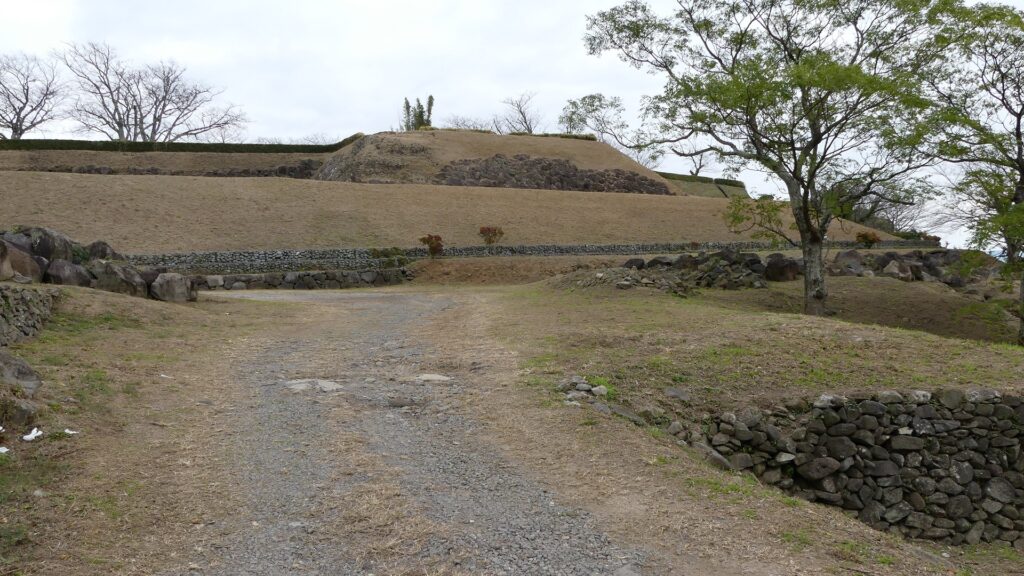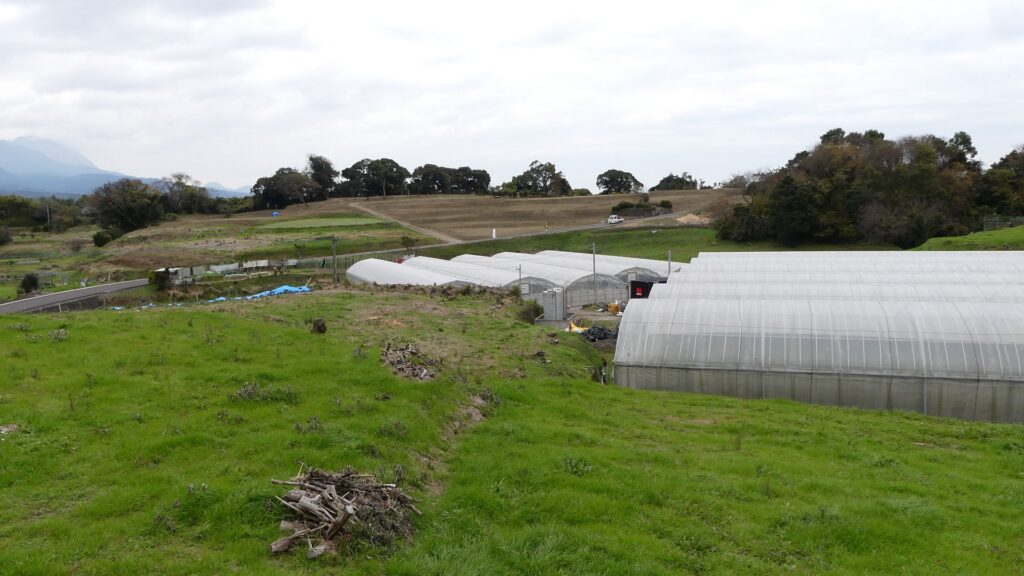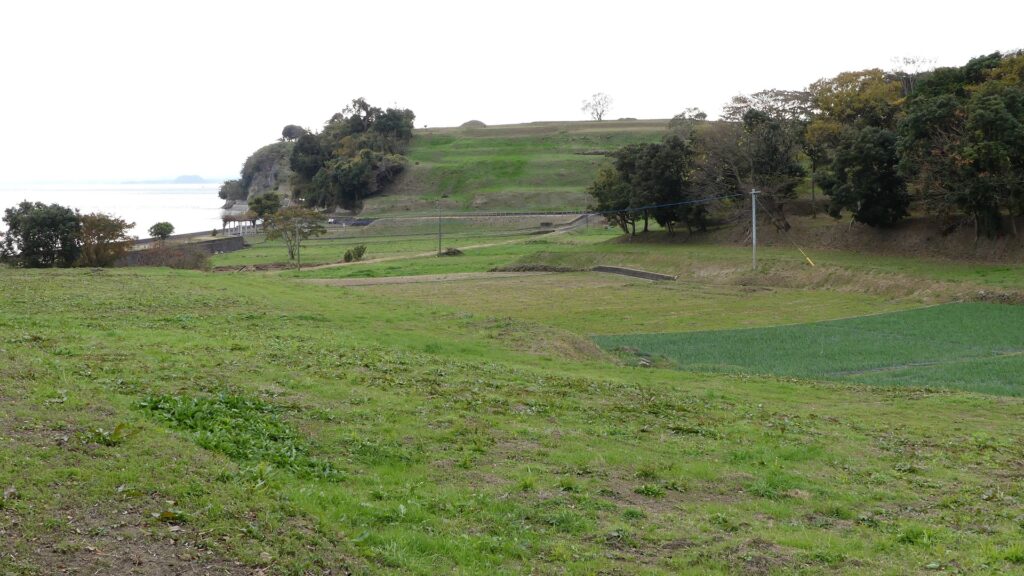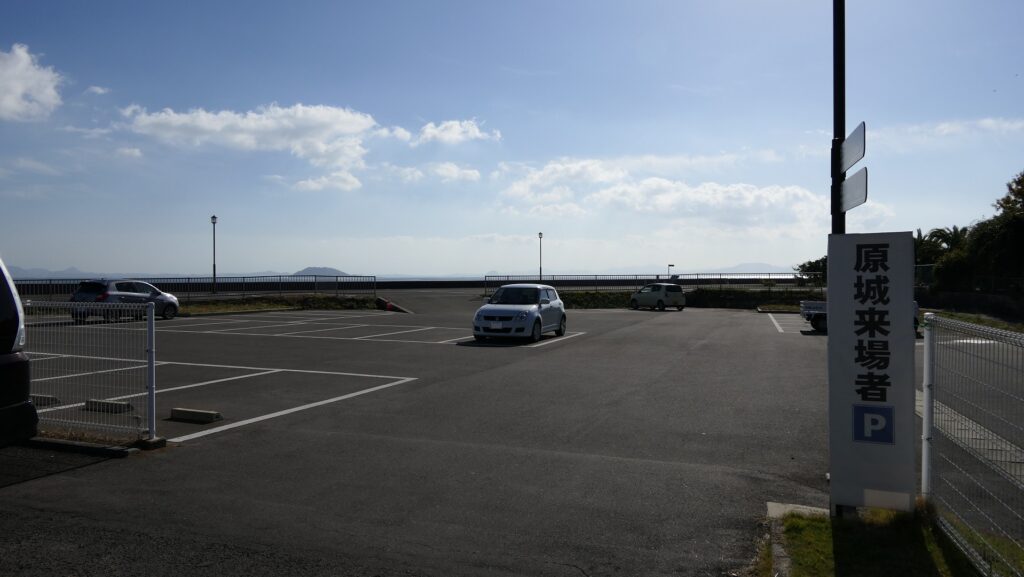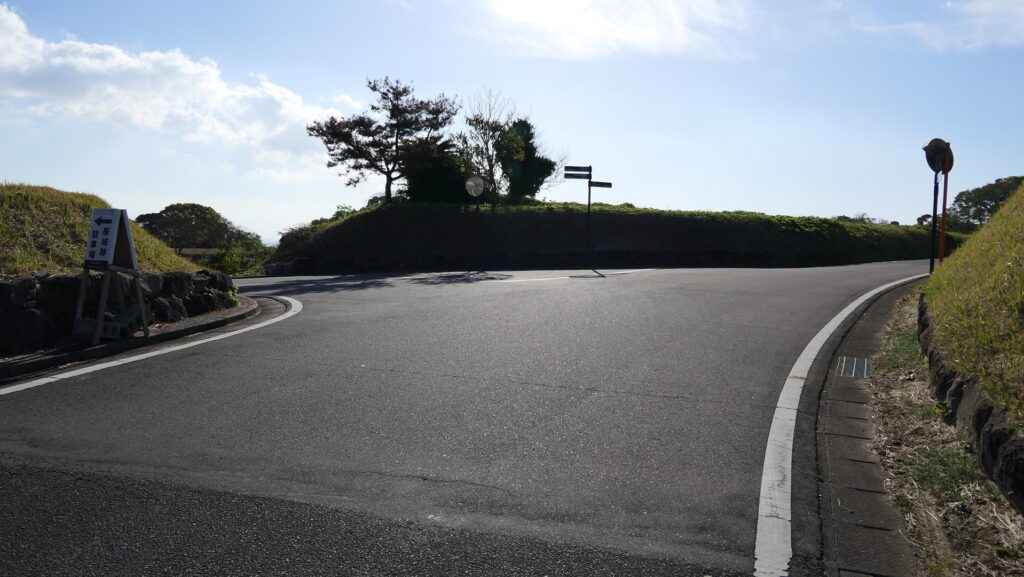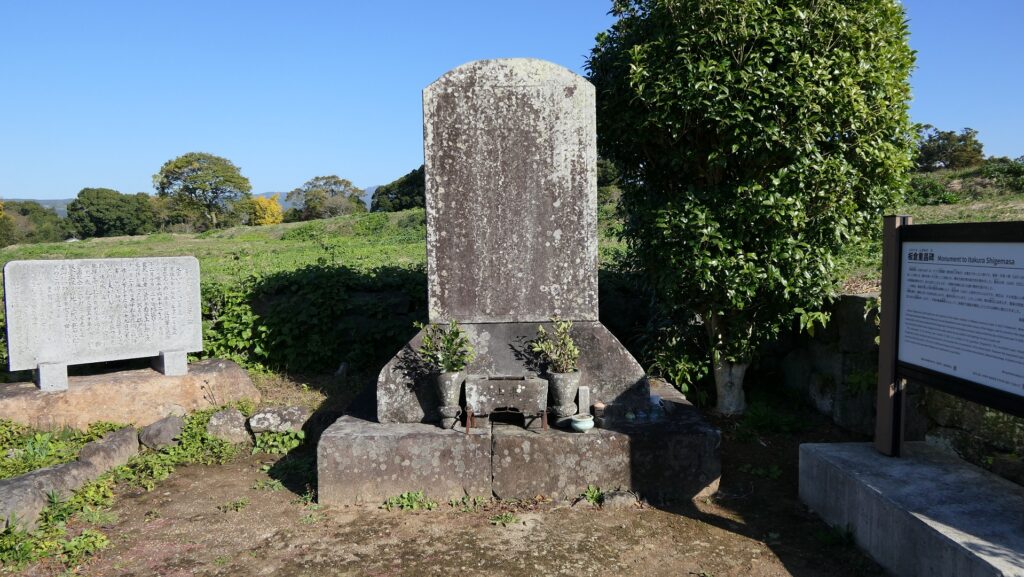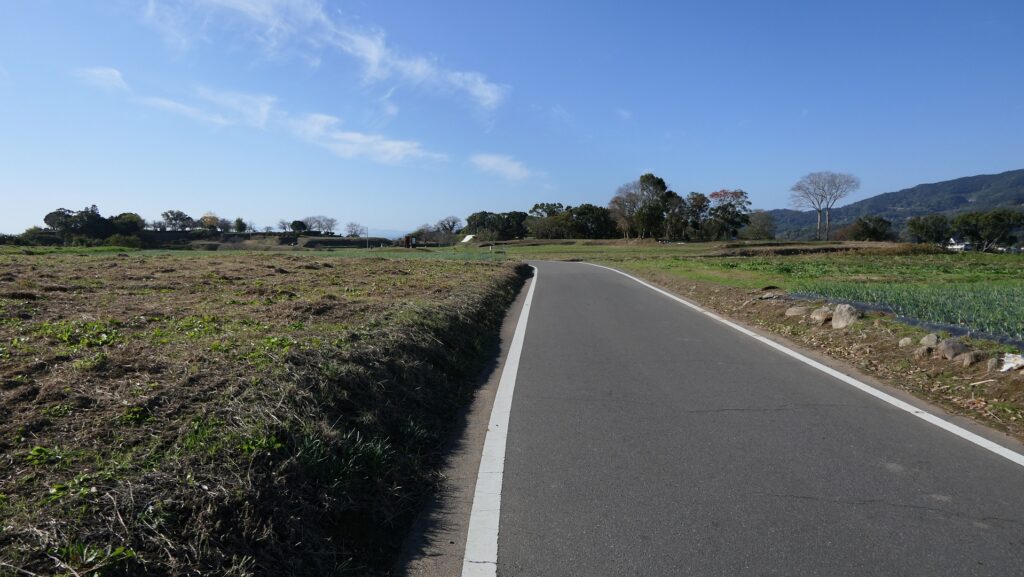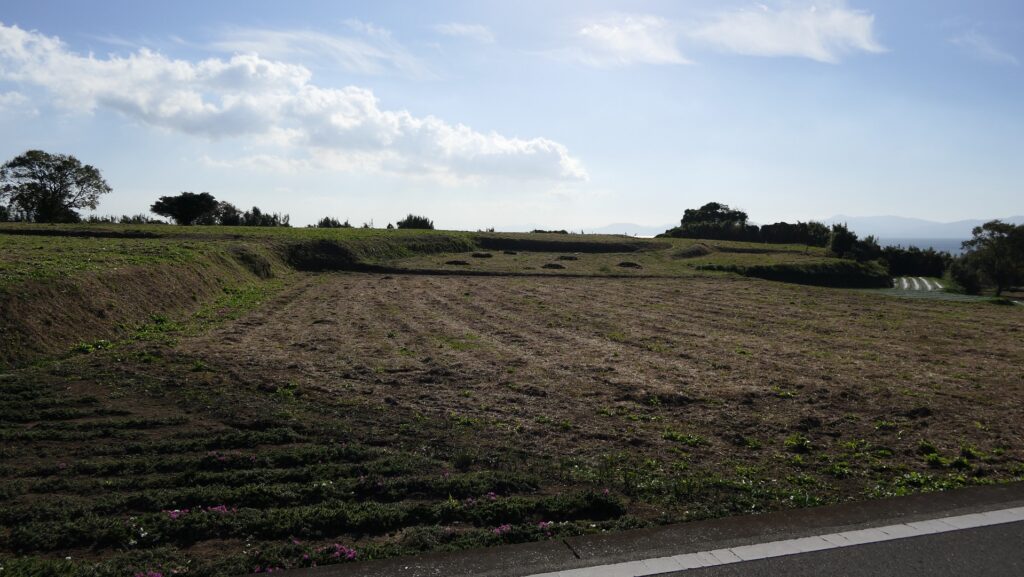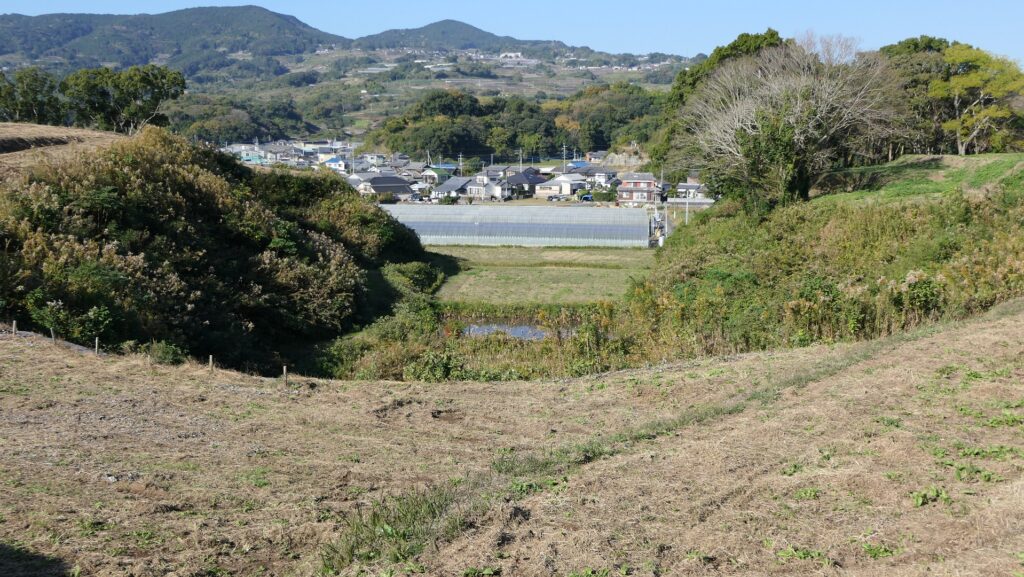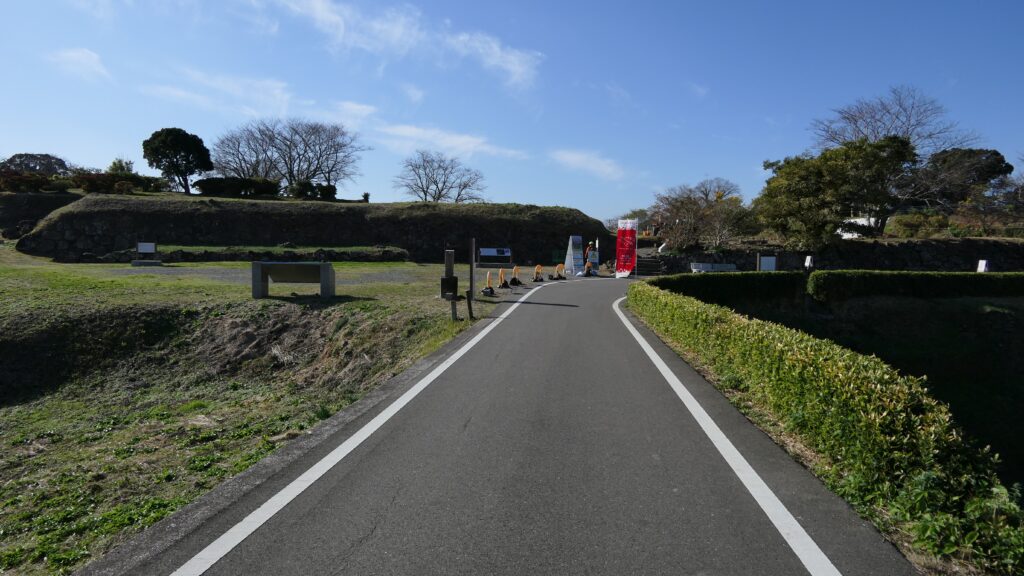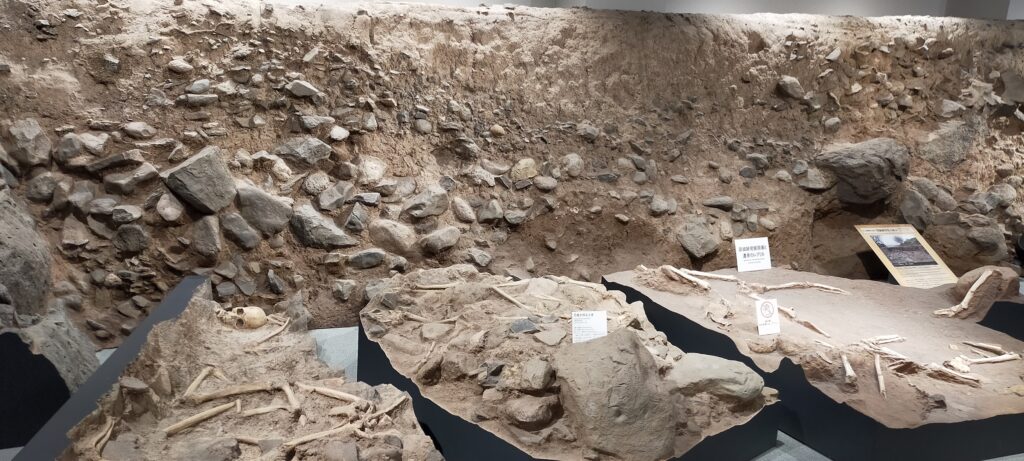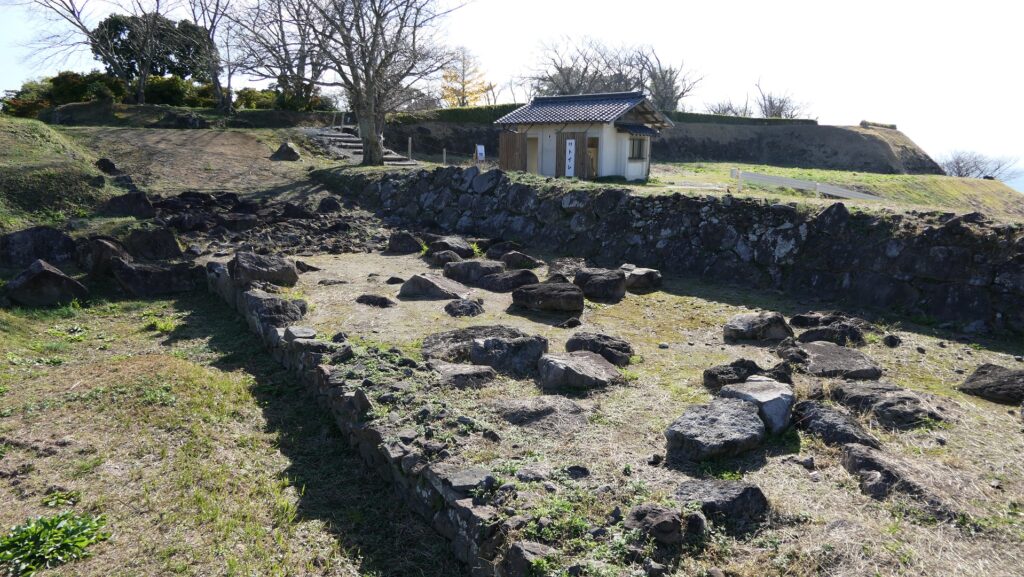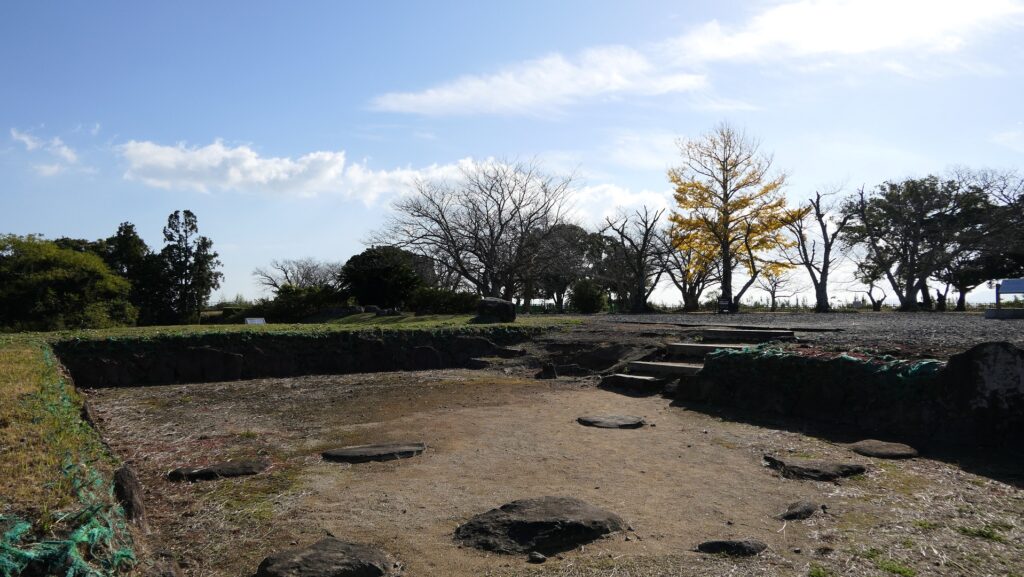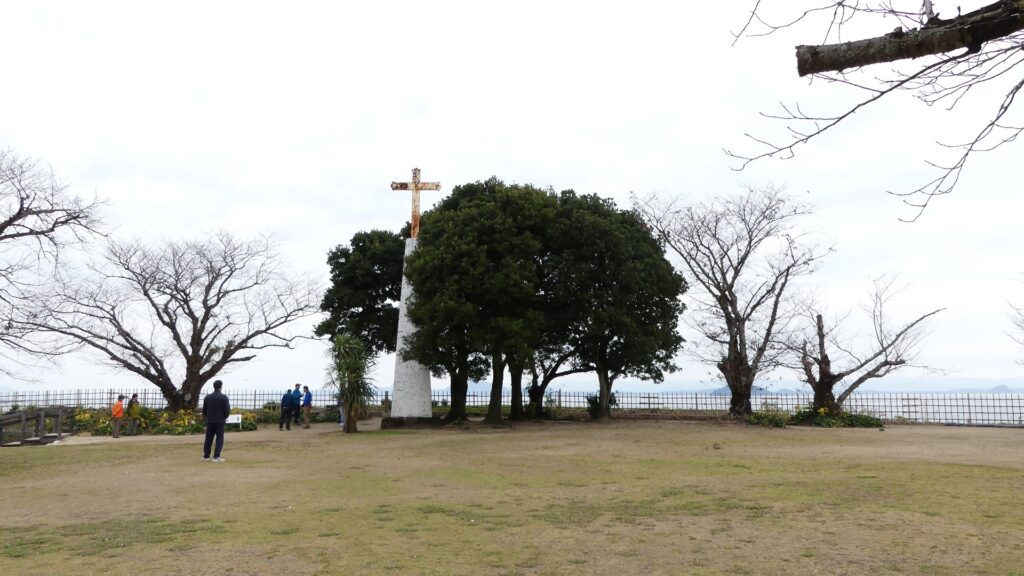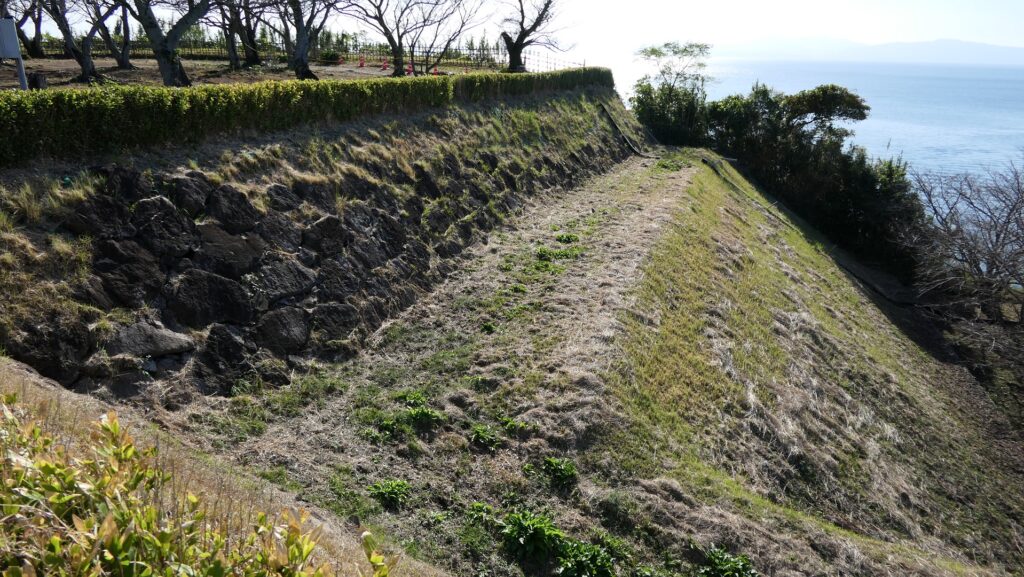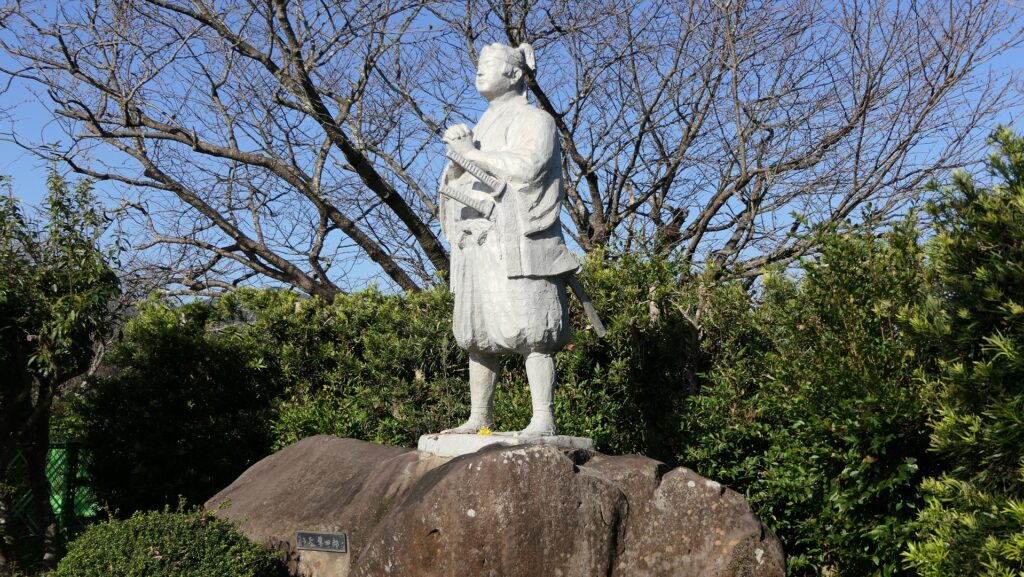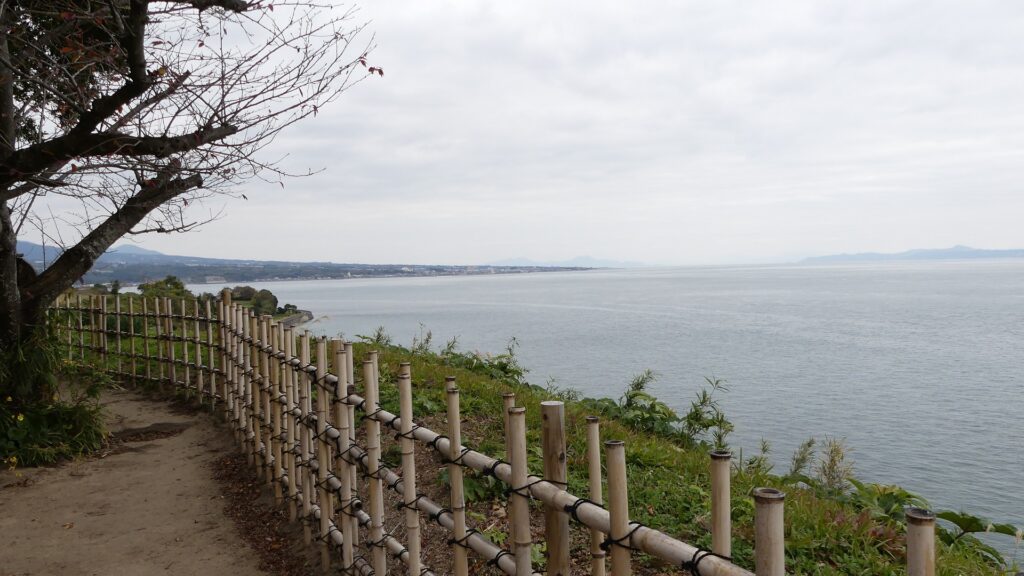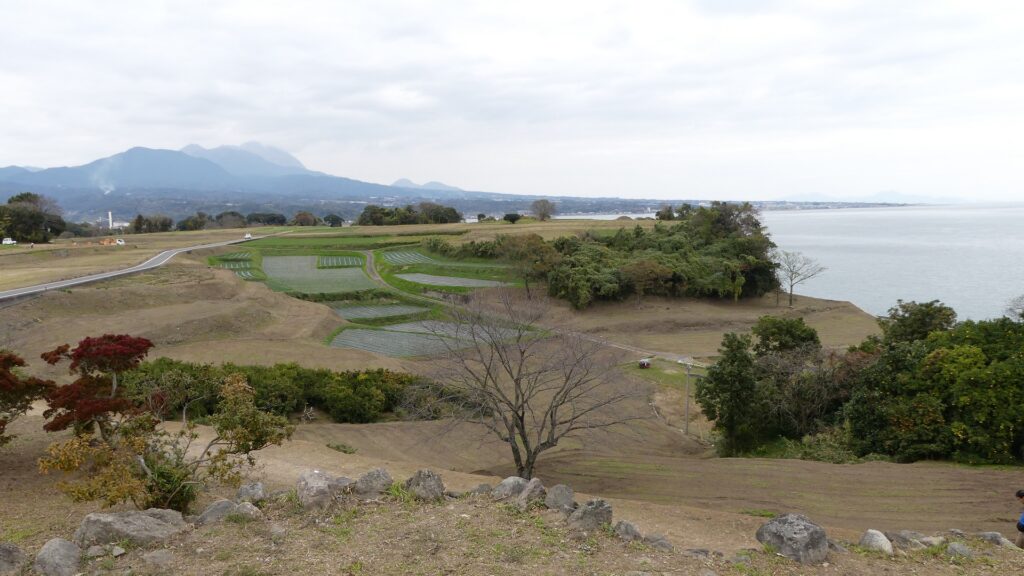Location and History
Matsukura Clan builds Castle as their Home base
Shimabara Castle is located in the Shimabara Peninsula, the western part of the Kyushu Region. The Arima Clan basically governed the area around the peninsula in the Middle Ages. Harunobu Arima, the lord of the clan in the late 16th Century, was known as a Christian feudal lord. Because of that, Christianity spread around the peninsula greatly. However, he was punished by the Tokugawa Shogunate in 1612. His son was also transferred to another place in 1614. After that, Shigemasa Matsukura was appointed to the lord of the Shimabara Domain by the Tokugawa Shogunate in 1616. He first lived in Hinoe Castle, where the Arima Clan lived, but soon decided to build a new castle as his home base, known as Shimabara Castle and completed in 1624.
The location of the castle
The Shimabara Domain was a relatively a small domain which earned 43,000 koku of rice. However, the castle was said to be worth that of a domain with 100,000 koku of rice. That meant the people in the Shimabara Domain suffered high taxes and worked hard to build the castle. The castle had three enclosures in a line from the south to the north. The Main and Second Enclosures were in the Inner Moat and both were connected by only the roofed Passage Bridge called Roka-bashi. If enemies from the outside wanted to attack the Main Enclosure, they had to first enter the entrance of the Second Enclosure.
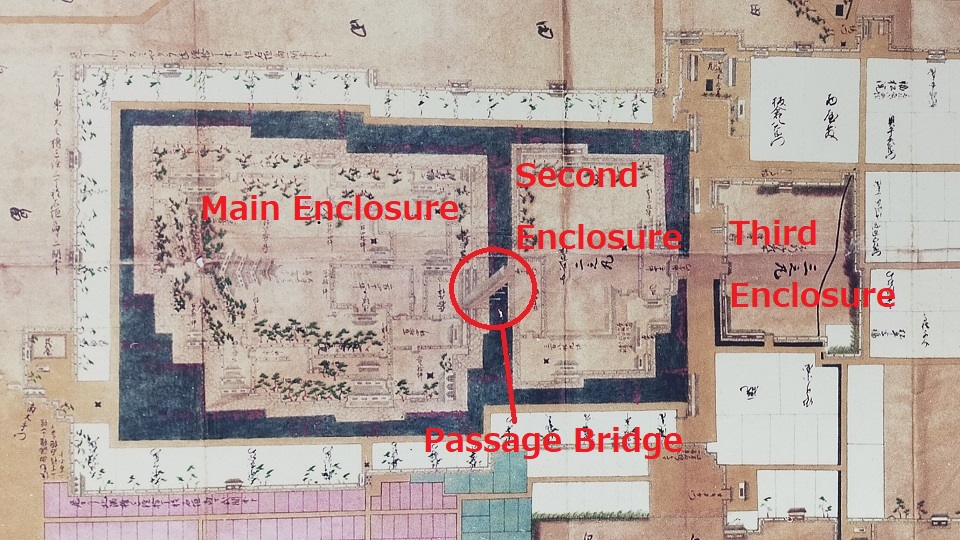
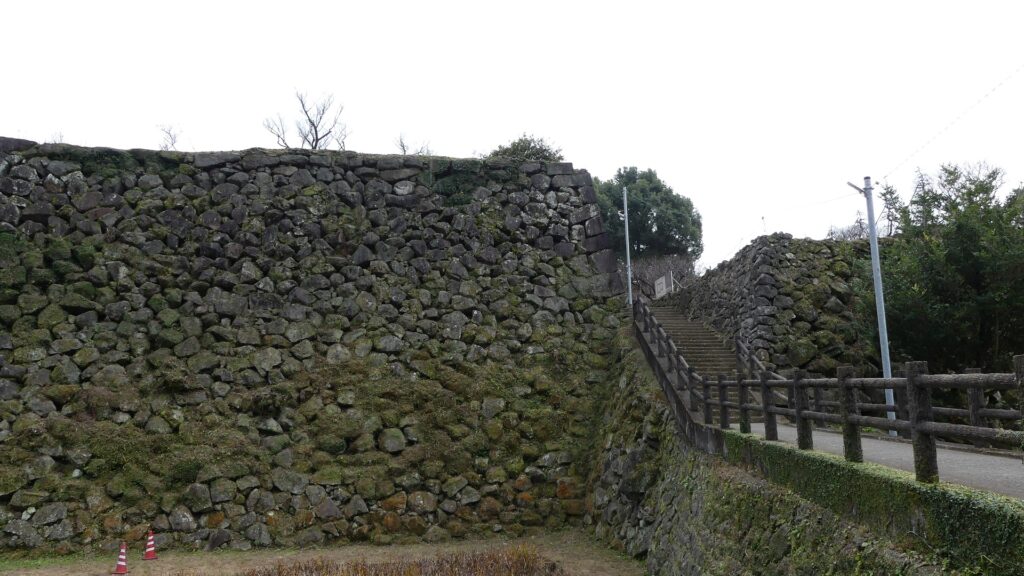
High Stone Walls and Five leveled Main Tower
All the enclosures were also surrounded by zigzagging high stone walls allowing the defenders to eliminate blind spots and make a flank attack. In particular, the Main Enclosure had the Main Tower and eleven turrets. The Main Tower had five levels and was built in a typical method called Multi-storied type. Other Main Towers in other castles usually had decorations such as gables and bell-shaped windows. The Main Tower of Shimabara Castle simply had square floors diminishing towards the top with minimal roofing. This method made building the tower more efficient and also easy to protect.
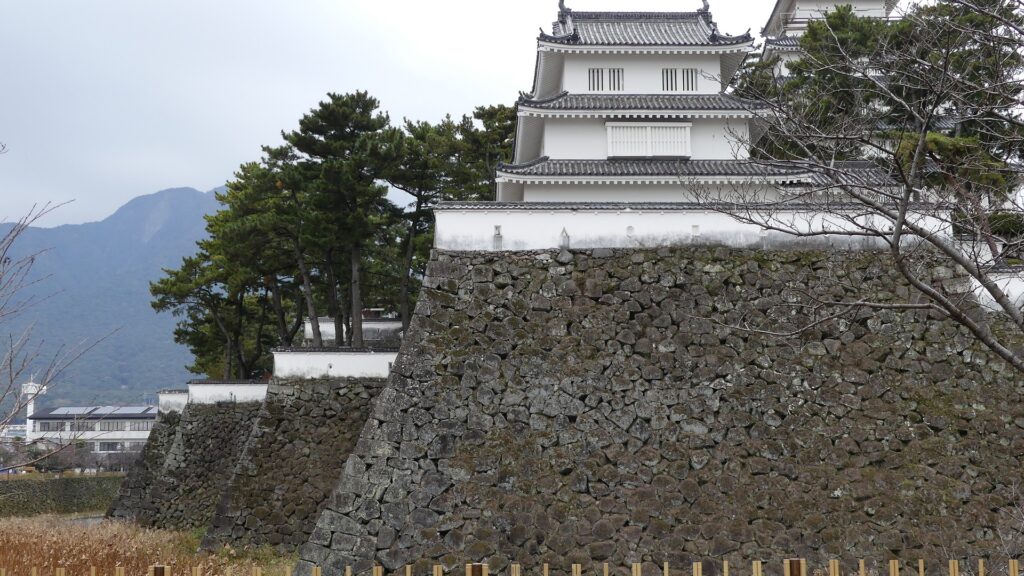

Shimabara Rebellion occurs due to Matsukura Clan’s oppression
Shigemasa oppressed the people in his territory with heavy taxes to have more income. After the Tokugawa Shogunate banned people from being Christians, he tortured them if they didn’t convert. His way seemed to be loyal to the shogunate. After he died in 1630, his son, Katsuie rapidly followed in his father’s footsteps. People, including the Christians in Shimabara Peninsula, were angry and started the Shimabara Rebellion in 1637. They first attacked Shimabara Castle. They were professionally trained by the masterless warriors who were former retainers of the Arima Clan. Katsuie was not in the castle but in Edo, however, his retainers repelled the uprising army. The castle ironically proved its strength by fighting against the citizens.
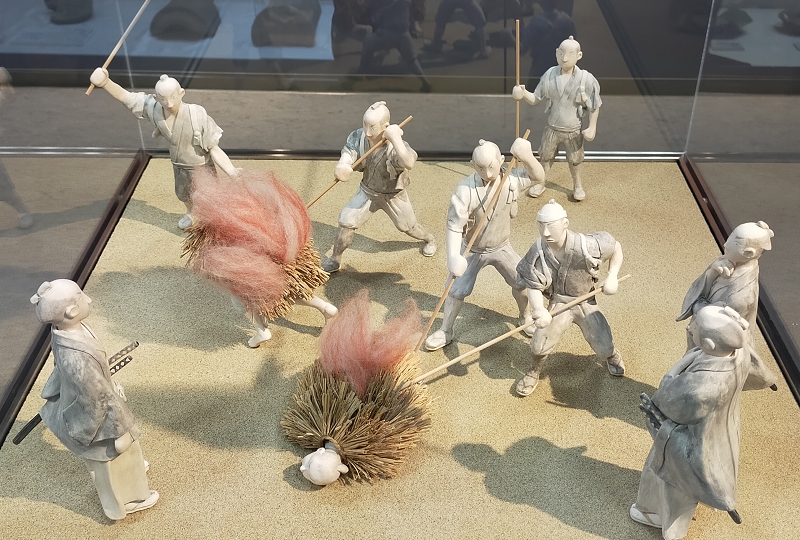
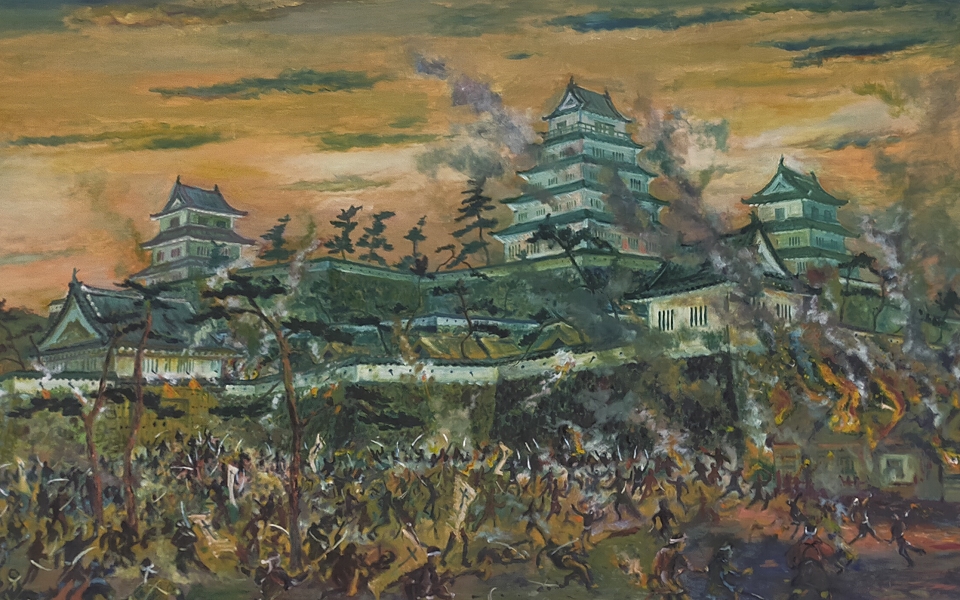
The uprising people were defeated after they were besieged in Hara Castle for three months. The shogunate banned the Matsukura Clan from ruling over the Shimabara Domain. Katsuie Matsukura was executed due to his misgovernment. After that, several clans governed the domain and Shimabara Castle by the end of the Edo Period. In 1792, when the Matsudaira Clan governed, a great natural disaster known as Shimabara Taihen happened. An earthquake and eruption from Mt. Unzen caused the collapse of Mt. Mayuyama in front of it. The debris flowing from the mountain killed a lot of people and the castle was also partly destroyed by the earthquake.

